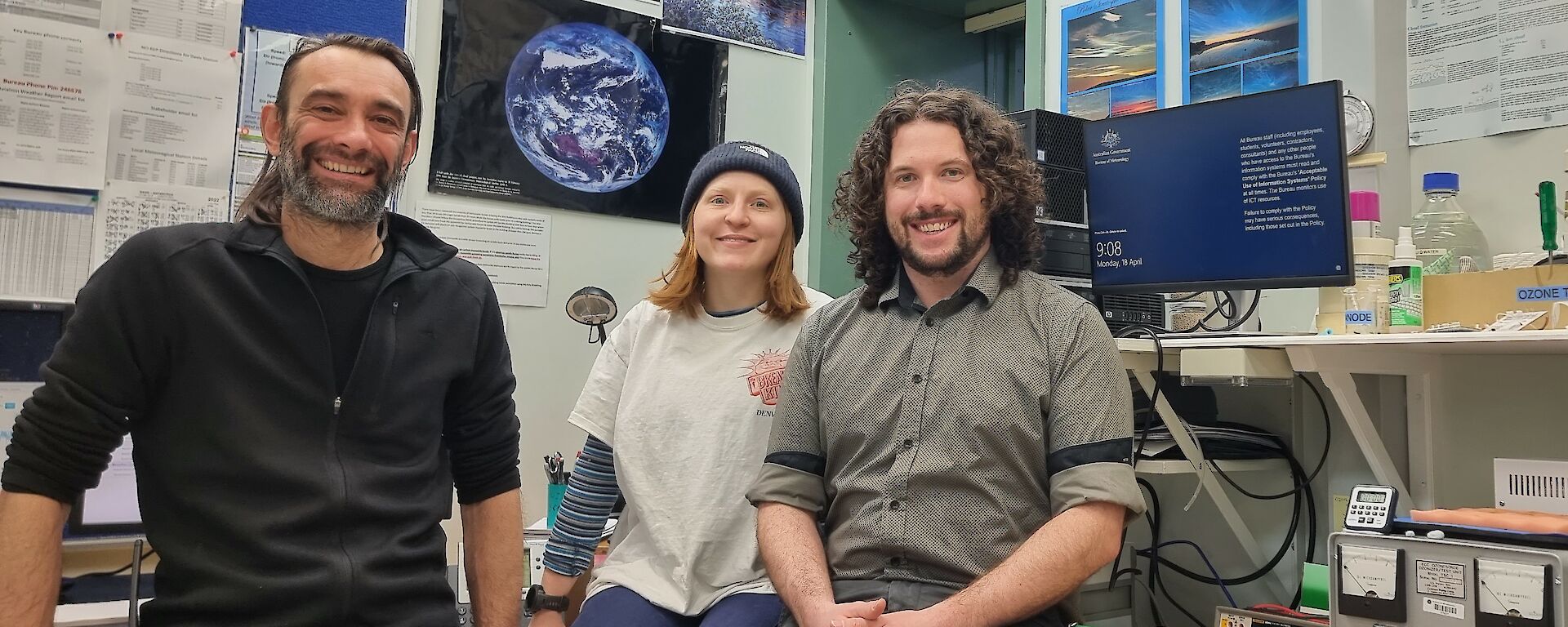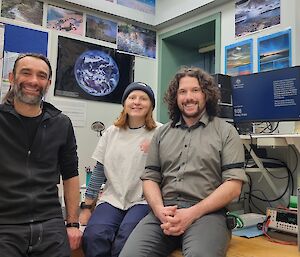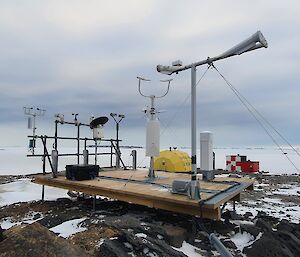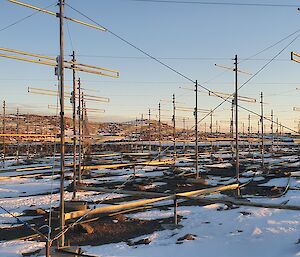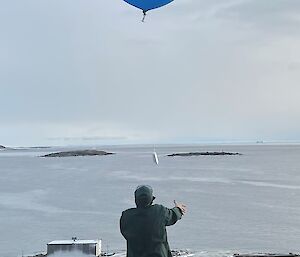How's this for an initialism/acronym?
PPP YOPP-SH SOP TOPs
It stands for –
Polar Prediction Project Year Of Polar Prediction in the Southern Hemisphere Special Observing Period Targeted Observing Periods
Let’s break that down and look at why it’s in this week's station update.
We’ve all got our core jobs down here, but one of the cool things about working in Antarctica is having the opportunity to help out with various scientific research projects. Whether it's counting seals and penguins, collecting poo samples, measuring sea ice thickness, or helping install or maintain scientific equipment, it's all super interesting and provides a glimpse into the bigger picture of why we are here and what is being achieved.
For the next few months, the weather observing team of Hana, Adam and I will be participating in the PPP YOPP-SH SOP TOPs. The Davis science engineer Derryn has installed equipment that is taking continuous measurements for the project.
Alright, here we go.
PPP – The Polar Prediction Project
The Polar Prediction Project is a decade-long initiative (from 2013-2022) of the World Meteorological Organization aimed at increasing our understanding of environmental processes in the polar regions that influence weather and climate. Because of the remote and harsh nature of the polar regions, less is typically known about these processes compared to other parts of the world.
The knowledge gained from this project will help improve our ability to predict the weather and climate in these regions on scales between days to months ahead. Because of the interconnections in the global climate system, this may also bring benefits for adjacent regions, such as Australia.
YOPP-SH – Year of Polar Prediction in the Southern Hemisphere
The YOPP describes a focus period (spanning a few years) within the PPP of intensive observational and modelling activities. YOPP-SH covers those activities in the southern hemisphere.
SOPs and TOPs – Special Observing Periods and Targeted Observing Periods
Within the YOPP-SH there are special observing periods where a greater amount of environmental data is collected, to feed into the models. Because of the vastness of the Southern Ocean and remoteness of Antarctica, this region is typically data-sparse. The models tend to perform better with the more observational data they have to work with.
One major source of this data comes from weather balloons, which measure temperature, humidity and wind speed and direction from the surface up to approximately 30-35 km high. Weather stations around the world typically release weather balloons between one to four times a day, depending on the station. During the YOPP-SH special observing periods, weather stations around Antarctica, the sub-Antarctic islands, southern Australia, New Zealand and South America send up additional balloons to increase the amount of data collected.
There was one YOPP-SH special observing period during the summer of 2018/19. The second YOPP-SH special observing period has just begun, this time focusing on the winter.
During this special observing period, a team of forecasters will identify the development of significant individual low-pressure systems and initiate Targeted Observing Periods. Over a five-day window, covering the life cycle of the system, each participating weather station will release their extra balloons. There will be a number of TOPs during this YOPP-SH SOP.
And that’s where the Davis weather observing team comes in. At Davis, we normally release two balloons a day, and during the targeted observing periods we will release three. We are one cog in a very big wheel, and it is so cool to be able to play our part in this huge international decade-long project.
Derryn has a long list of instruments that he is responsible for that are contributing data to YOPP, including: a vertical wind profiler; micro rain radar; ceilometer; disdrometer; pyranometer; pyrgeometer; and water vapour isotope sensor. These instruments are collecting data on wind, clouds, precipitation and solar and infrared radiation.
More information on the Polar Prediction Project can be found at https://www.polarprediction.net/
Jason D
Senior Observer
Bureau of Meteorology

